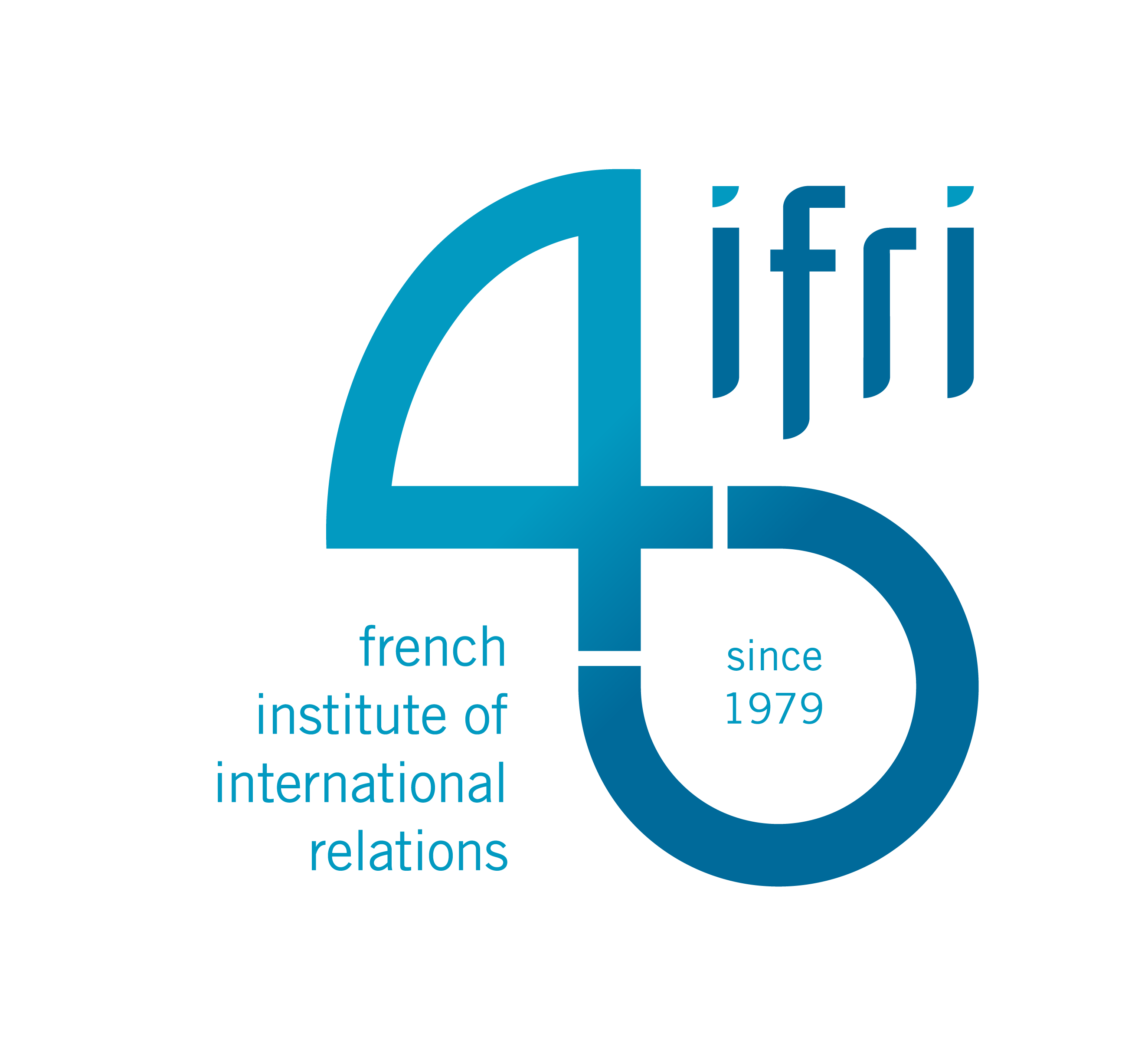At the fifteenth BRICS summit, held in Johannesburg, South Africa, from August 22 to 24, 2023, a resolution was adopted to extend an invitation to six new countries to join the organization: Argentina, Egypt, Ethiopia, Iran, Saudi Arabia, and the United Arab Emirates (UAE). All of these countries except Argentina duly became members of BRICS in 2024, with the expanded group known as BRICS+. In addition to the political and economic advantages, it is assumed that the incorporation of these new countries could potentially facilitate their scientific and technological development.
From a legal and regulatory standpoint, however, BRICS is considered to be an informal forum, with no common rules or regulations. Indeed, studies of BRICS have identified regulatory inconsistencies as a problem in science and technology. Moreover, productive cooperation between the BRICS countries is being hampered by the use of different languages, divergent levels of funding, and a general diversity of interests in the sector. Although the group has now been in existence for 13 years, analysts are still emphasizing the need to select the most promising areas of priority research to be developed for the benefit of all BRICS countries while promoting educational and scientific mobility and boosting the research capacities of member states. It will be increasingly difficult to reconcile the various interests of the new countries, as they are more heterogeneous both in their levels of economic development and in their scientific and technological capacity. Nevertheless, the BRICS+ platform could serve as a catalyst for new “paired” links.
About the author:
Irina Dezhina is a visiting scholar at Stanford University, USA, Center for Russian, East European and Eurasian Studies.


